As the slurry is highly abrasive, thick, corrosive, and contains a high concentration of solids, it is very challenging to move it. For pumps also, it is very tough. But with a proper selection of slurry pumps, the operation can be smooth for long-term performance. In this article, we will discuss the basics of slurry pumps, their working, types, and selection.
What are Slurry Pumps?
Slurry pumps are heavy-duty and robust pumps (majorly centrifugal) that are capable of handling tough and abrasive fluids like slurries.
Some examples of industries that handle slurries are mining, dredging, steel processing, foundries, power generation, drilling mud, pulp and paper, wastewater treatment, mineral processing, etc. Due to the presence of solid particles and their highly thick and viscous nature, slurry movement requires more power than normal fluids. So, specially designed heavy-duty pumps are required to work as slurry pumps.
Selection of Slurry Pumps
There are various types of pumps that can pump slurries. However, the selection of exact slurry pumps depends on some critical considerations as listed below:
- Type of Slurry to be handled including the size and nature of the solid particles present.
- Corrosive property of the slurry mainly to decide pump material for the service.
- Pipe size – the pipe ID must be considerably bigger than the maximum particle size.
- Static head requirements; and
- Available NPSH
- Length of slurry pipe or pipeline
- Pump operating parameters specifically discharge pressure and speed, the lower the better.
- Cost
Slurry Pump Components
There are six basic components in a slurry pump. They are:
- Impeller: Two options to choose from, closed impeller or open impeller.
- Shell: Two options to select from; Solid single-piece or split shells.
- Drive Control: Three types of drive control; Belt drive, gearbox drive, or direct connection of the motor with the shaft.
- Suction plate liner
- Shaft seals: Three design options; Stuffing box, mechanical seal, or expeller.
- Bearing Assembly
Types of Slurry Pumps
Based on the working methodology, there are two types of pumps that are used to handle slurries.
- Centrifugal slurry pump and
- Positive displacement slurry pump
Centrifugal Slurry Pumps
The most common type of slurry pump is the centrifugal pump with a larger impeller, thicker vanes, and more horsepower. The working of the centrifugal slurry pump is quite simple. They use the centrifugal force generated by a rotating impeller which pushes the slurry to move through the discharge.
When choosing a centrifugal slurry pump the following should be decided:
- To minimize the wear of the impeller, a recessed type large and thick open impeller can be used. Closed impellers should be avoided.
- Metal casing with proper thickness and rubber lining to be considered.
- Cavitation issues.
Positive Displacement Slurry Pumps
When a low slurry flow rate with improved flow control and greater efficiency is desired, a positive displacement slurry pump is more suitable. Common positive displacement pumps used for slurry service are
- Rotary lobe pumps
- Screw pumps
- Diaphragm pump
- Peristaltic pumps
- Gear pumps, and
- Progressive cavity pumps
Click here to learn the main differences between centrifugal and positive displacement pumps
Again, depending on the installation of the slurry pumps, they are categorized as follows:
- Horizontal slurry pumps
- Vertical slurry pumps
- Submersible slurry pumps.
Horizontal Slurry Pumps
Horizontal slurry pumps have their hydraulic end and the drive unit is located outside the sump. This group of slurry pumps is manufactured for a wide range of head, flow conditions, and material options. Horizontal slurry pumps usually use standardized electrical motors and seals. They are not suitable for plants where there is a risk of flooding.
Vertical Slurry Pumps
There are two types of vertical slurry pumps:
- Tank pumps
- Cantilever/sump pumps
Tank pumps are dry-installed pumps. The sump is incorporated into the pump. Their open sump and vertical inlet prevent air blocking, which provides a smooth operation. They don’t have submerged bearings or shaft seals, but quite a long shaft overhang from the lower bearing to the impeller.
Cantilever/sump pumps are considered semi-dry installed, as the hydraulic end is lowered into the slurry, but the drive unit and support structure are dry installed. There are no submerged bearings or shaft seals similar to tank pumps, but they have a long shaft overhang.
Submersible Slurry Pumps
Submersible slurry pumps are usually positioned at the bottom of a tank, pond, or lagoon. The slurry materials are taken in at the pump suction and passed through a hose connected to the discharge valve.
Submersible pumps provide a lot of benefits as listed below:
- As they directly operate in the slurry, they do not need an additional support structure. Hence, submersible slurry pumps occupy less space.
- The motor and volute of submersible slurry pumps are integrated into a single unit. Hence, they are compact and easy to install.
- As they operate underwater, they generate low noise and so silent operation.
- The surrounding fluid cools the motor which results in smaller and more efficient sumps.
- Several installation modes, all of which are either portable or semi-permanent. So, they are enough flexible.
There are other types of classification of slurry pumps as well like Self-priming slurry pumps and flooded suction slurry pumps.
Self-Priming slurry pumps operate from land. A hose is connected to the pump’s intake valve through which the pump draws the slurry to discharge the material.
The flooded suction slurry pump is connected to a tank or hopper. It uses gravity force to move slurry and liquid from the enclosure. They are placed at the bottom or below the water and use the gravity force to continuously fill the pump and then pass the material out through the discharge valve.
Slurry Pump Installations
Depending on the environmental condition, there are three types of slurry pump installations:
- Wet Environment– This type of slurry pump installation involves submerging the product fully for underwater operations.
- Dry Environment– In a dry environment, the pump drives and bearings are kept away from the abrasive slurry. It calls for a horizontal pump as the shell, impeller, suction liner, and shaft sleeve have to be on the wet side.
- Semi-Dry Environment– Since it’s an unusual scenario, a special type of horizontal slurry pump installation is preferred.

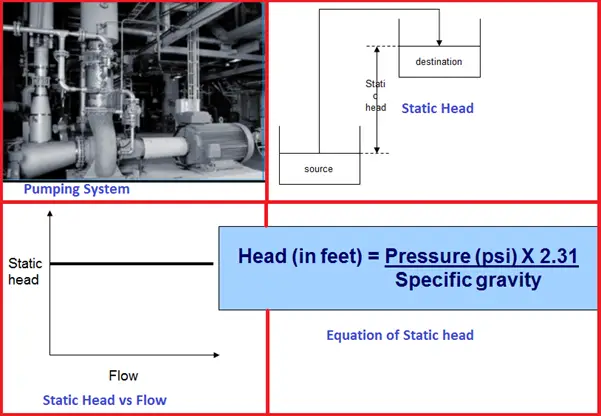


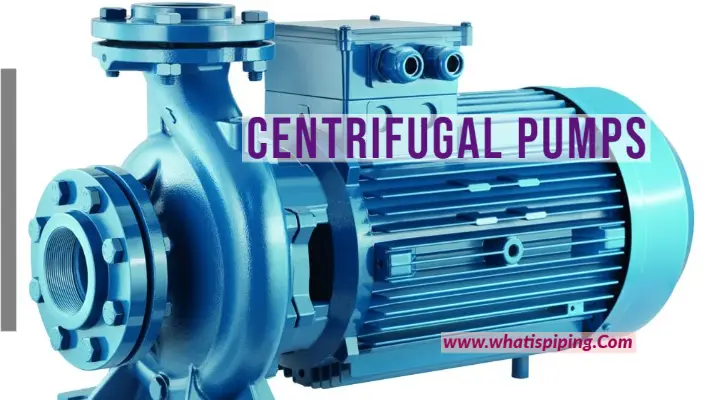
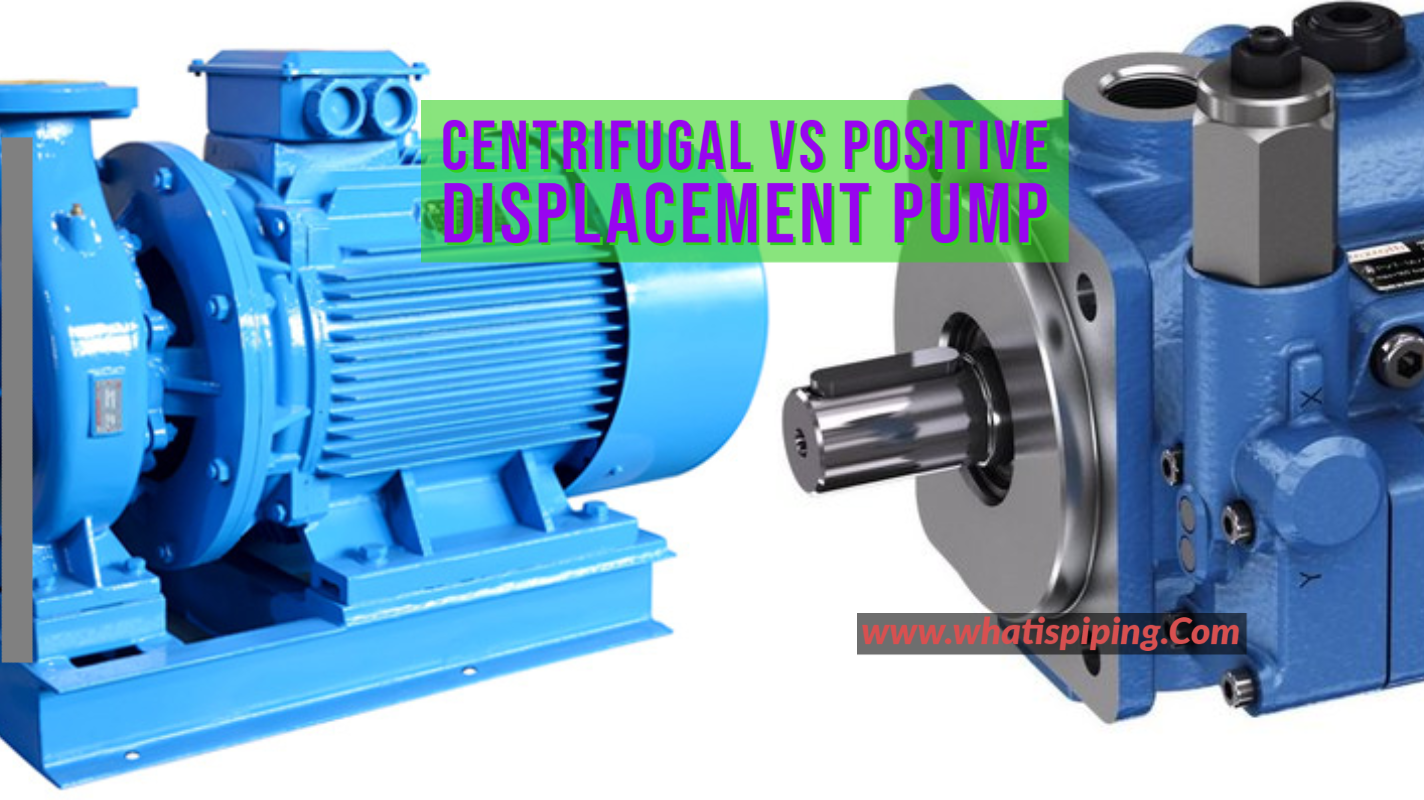
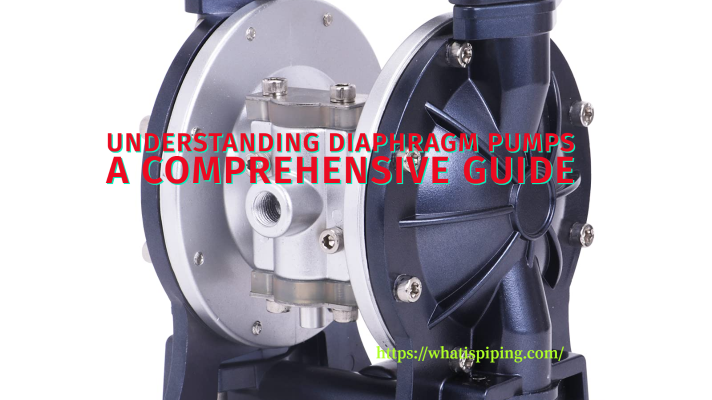
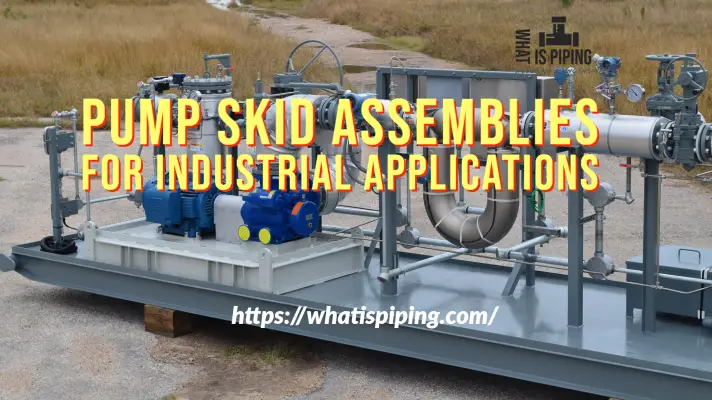
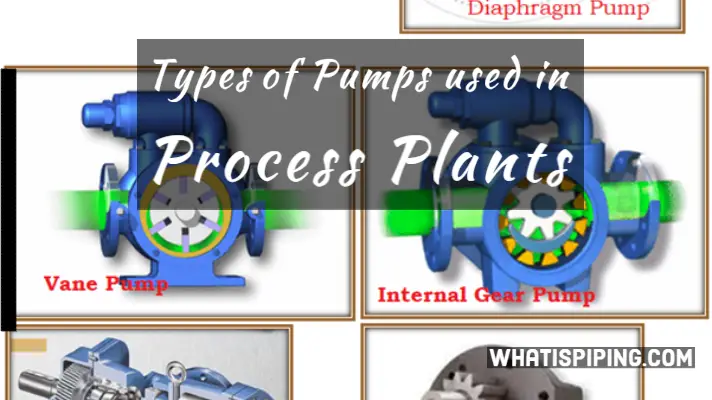
Hi Sir
i have a question a bout pumps nozzle
i would to know why always nozzle pump have small diameter then flowline diameter
the second question ,in case we have pump nozzle 12” and the flowline is 10” (smaller then pump nozzle) Iit is applicable if not what could it make as a risk?